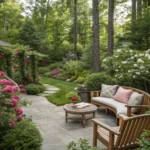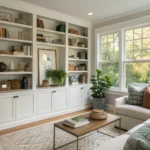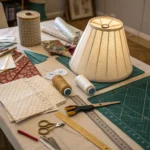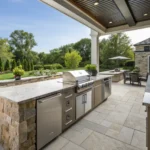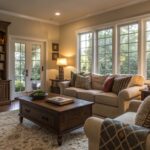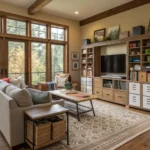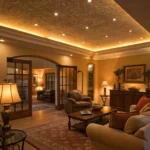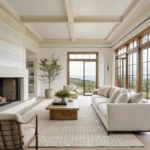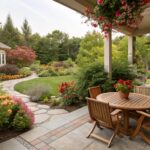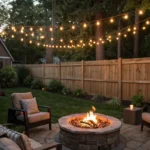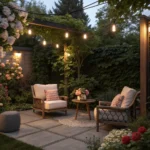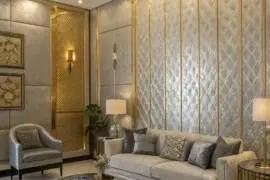The assumption that children’s spaces must be awash in bright reds, blues, and yellows is one of the most persistent myths in interior design. Creating sophisticated, child-friendly environments that serve both young occupants and adult sensibilities requires understanding how thoughtful design choices can foster creativity, safety, and growth without relying on overwhelming color palettes.
Understanding the Modern Family Home Challenge
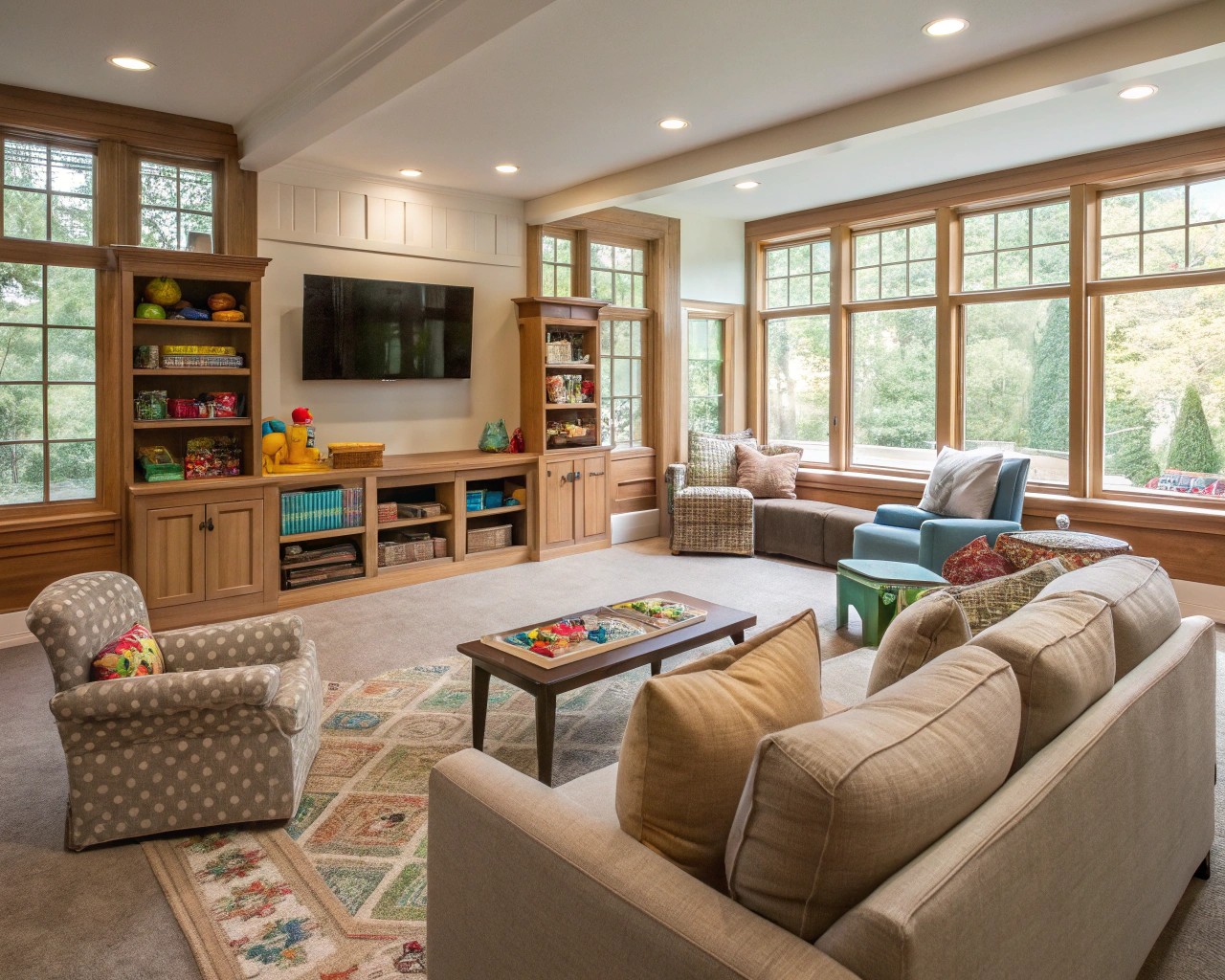
Today’s families are spending unprecedented amounts of time at home, making the need for harmonious, multi-generational spaces more critical than ever. The traditional approach of segregating “adult” and “child” areas is giving way to integrated design solutions that accommodate everyone’s needs.
I’ve observed that the most successful family homes embrace what I call “sophisticated functionality”—spaces that appear elegant to adult eyes while remaining completely accessible and safe for children. This approach recognizes that children don’t inherently require primary colors to thrive; instead, they benefit from thoughtfully designed environments that stimulate their senses through texture, pattern, and purposeful color choices.
The key lies in understanding that visual stimulation doesn’t equal visual chaos. Research suggests that children actually respond well to calmer environments, which can enhance focus and creativity while reducing overstimulation.
The Science Behind Color Choices for Children
Developmental Color Psychology
Children’s relationship with color is more nuanced than many assume. While bright colors can certainly capture attention, neutral and muted tones provide a calming foundation that supports concentration and emotional regulation.
Consider these evidence-based color approaches:
- Soft, saturated tones like sage green, dusty rose, or warm terracotta provide visual interest without overwhelming
- Monochromatic schemes with varied textures create sophisticated depth
- Accent colors introduced through easily changeable elements allow for personality expression
The “Sad Beige” Myth Debunked
The recent criticism of neutral children’s spaces—often labeled as “sad beige”—misunderstands the intention behind thoughtful color curation. These spaces aren’t about depriving children of color but rather about creating intentional backgrounds that allow their natural creativity and colorful belongings to shine.
Strategic Color Implementation
Foundation Colors That Work
When selecting base colors for child-friendly spaces, I recommend working with what I call the “sophisticated neutral palette”:
| Primary Neutrals | Accent Possibilities | Mood Created |
|---|---|---|
| Warm whites, soft grays | Sage green, dusty pink | Calming, focused |
| Creamy beiges, mushroom | Terracotta, navy | Grounding, secure |
| Soft taupes, gentle greiges | Golden yellow, coral | Energizing, cheerful |
Layering Color Through Accessories
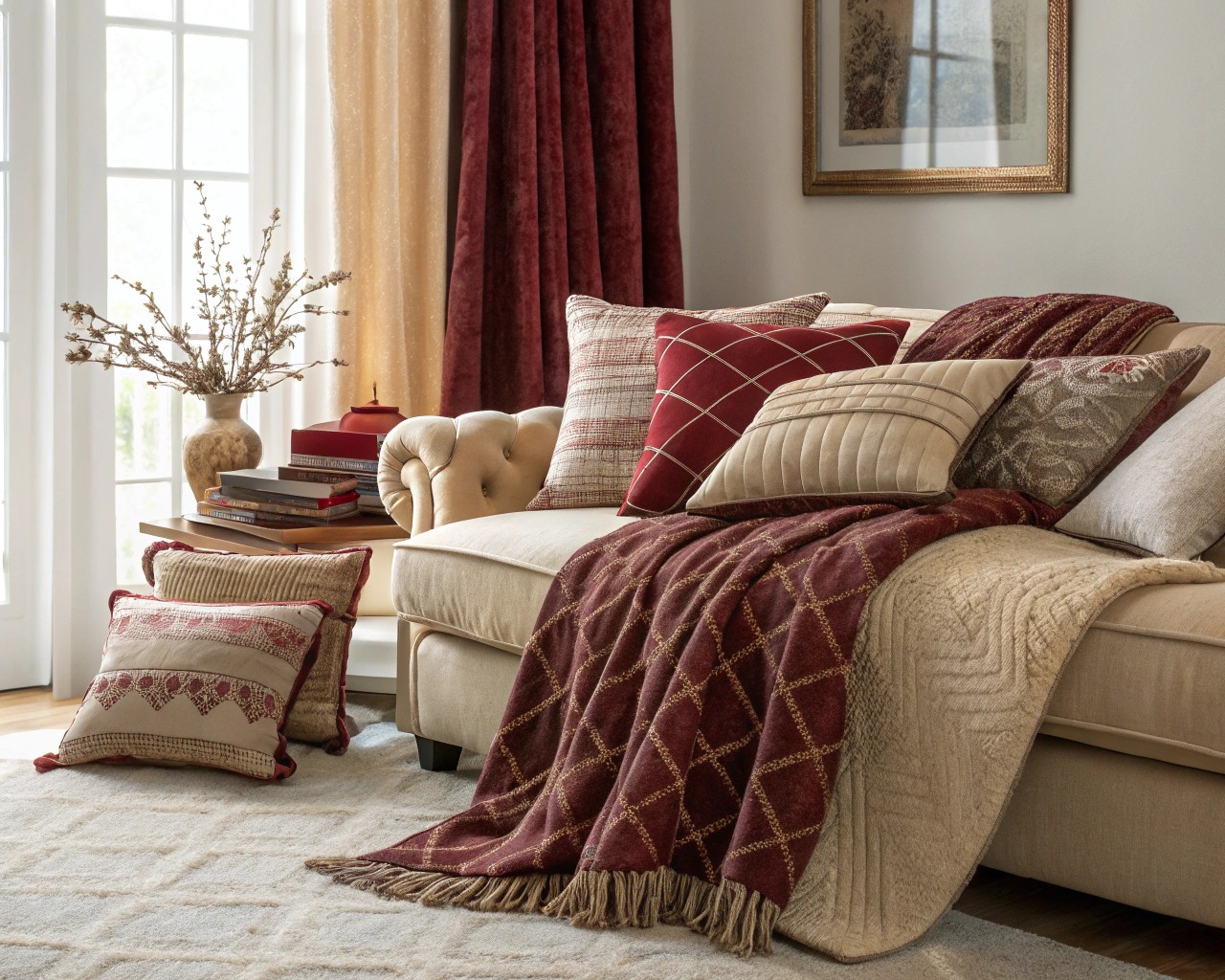
Rather than committing to bold wall colors, introduce personality through easily changeable elements:
- Textile layers: Cushions, throws, and rugs in varying textures and patterns
- Artwork rotation: Create gallery walls with simple frames that can showcase children’s evolving preferences
- Seasonal updates: Switch out decorative elements to reflect changing interests and seasons
Material Selection for Durability and Beauty
Performance Fabrics That Don’t Compromise Style
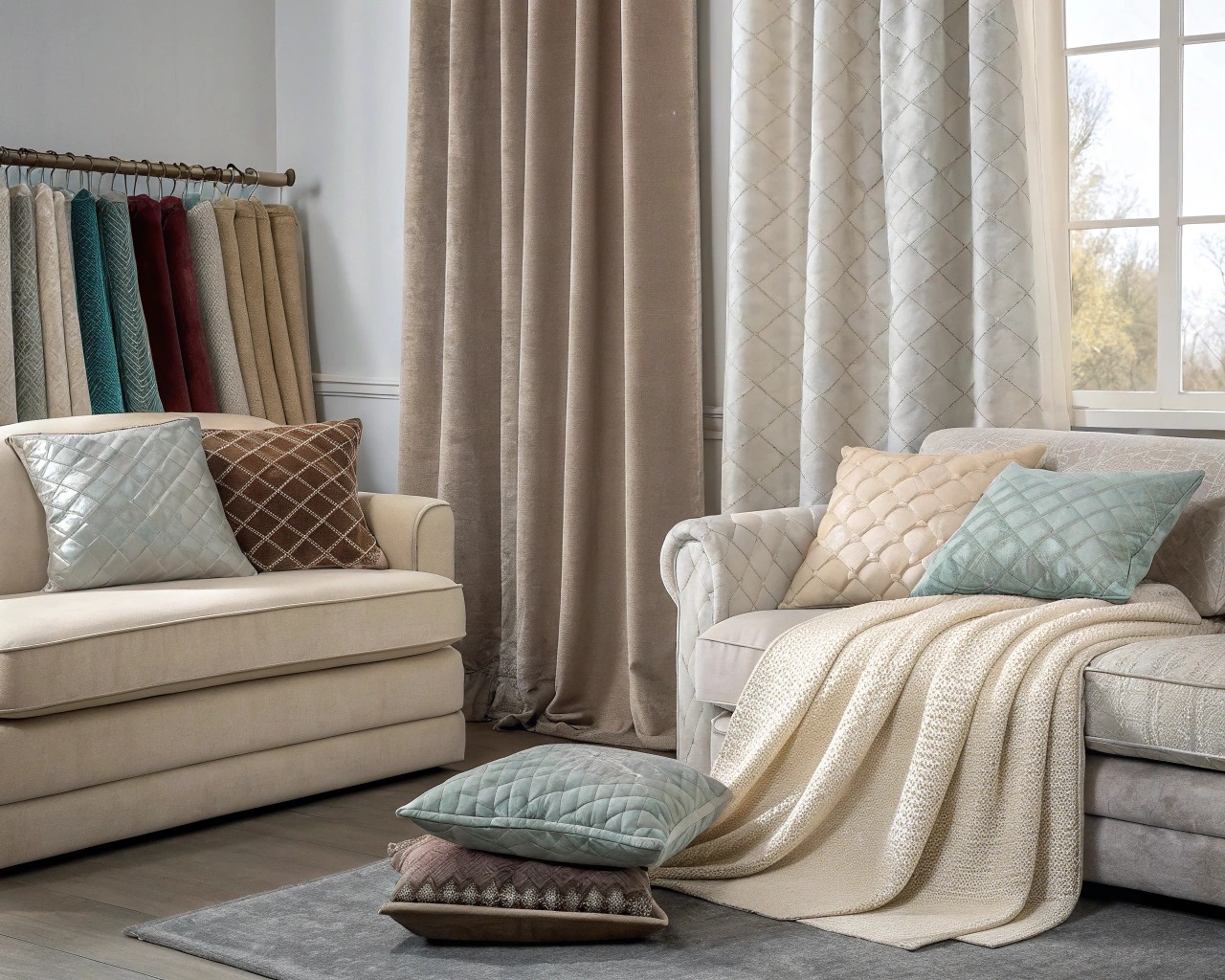
The days of choosing between durability and aesthetics are over. Modern performance fabrics offer sophisticated options that withstand family life:
Recommended Materials:
- Crypton fabrics: Stain-resistant without chemical treatments, available in designer patterns
- Solution-dyed acrylics: Fade-resistant and cleanable, perfect for sunny play areas
- Microfiber blends: Soft to touch, easy to clean, available in subtle textures
Surface Considerations
Flooring Choices:
- Luxury vinyl plank in wood-look finishes provides warmth and easy maintenance
- Polished concrete with area rugs offers industrial sophistication with practical benefits
- Natural hardwood with appropriate finishes remains beautiful and serviceable for decades
Wall Treatments:
- Washable wallpapers in subtle patterns can hide fingerprints while adding visual interest
- Limewash paints provide texture and natural antimicrobial properties
- Wainscoting or board-and-batten adds architectural interest while protecting walls at child height
Furniture Selection and Safety Integration
Rounded Edges Without Childish Aesthetics
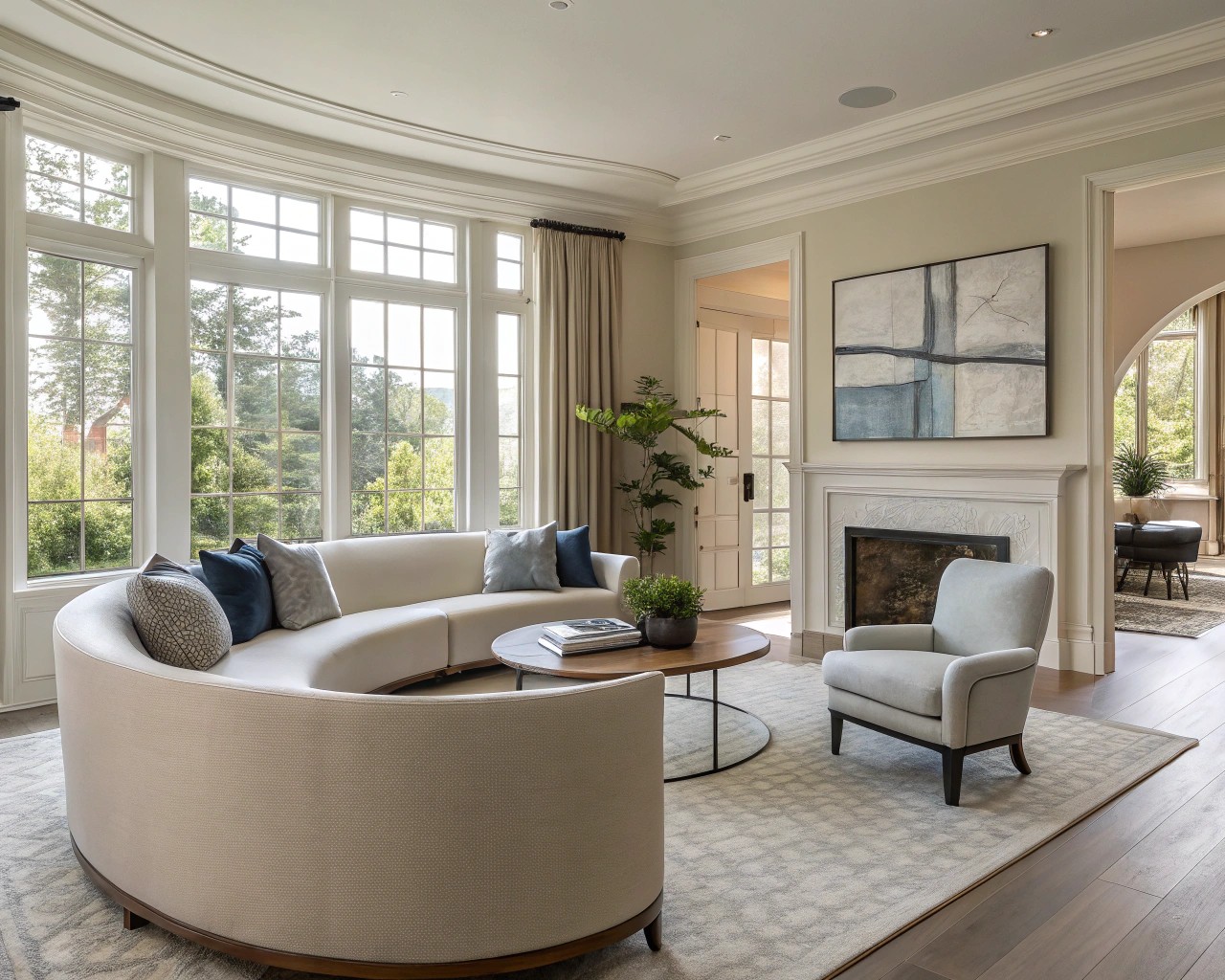
Safety doesn’t require sacrificing sophistication. Modern furniture design increasingly incorporates rounded edges as a design element rather than a safety afterthought.
Furniture Strategies:
- Curved sectionals create conversation areas while eliminating sharp corners
- Round dining tables facilitate interaction and eliminate corner hazards
- Upholstered storage benches provide seating, storage, and soft surfaces
Multi-Functional Pieces
The most successful family furniture serves multiple purposes:
- Ottoman coffee tables with hidden storage keep living areas organized
- Banquette seating maximizes space while providing easy-to-clean surfaces
- Built-in window seats create reading nooks with integrated storage
Storage Solutions That Enhance Rather Than Detract
Invisible Organization Systems
The goal is to create storage that disappears into the overall design aesthetic:
Built-in Solutions:
- Floor-to-ceiling cabinetry with varied opening sizes accommodates different toy types
- Under-stair storage utilizes typically wasted space
- Window seat compartments combine function with architectural interest
Flexible Systems:
- Modular shelving that adapts as children grow
- Rolling carts that can move between rooms as needed
- Labeled bins in coordinating colors that maintain visual harmony
Room-by-Room Applications
Living Spaces
Strategy: Create zones within open-plan areas that serve multiple functions.
Implementation:
- Use area rugs to define play zones within larger rooms
- Select low-profile furniture that allows for easy supervision
- Incorporate washable slipcovers for easy maintenance
Bedrooms
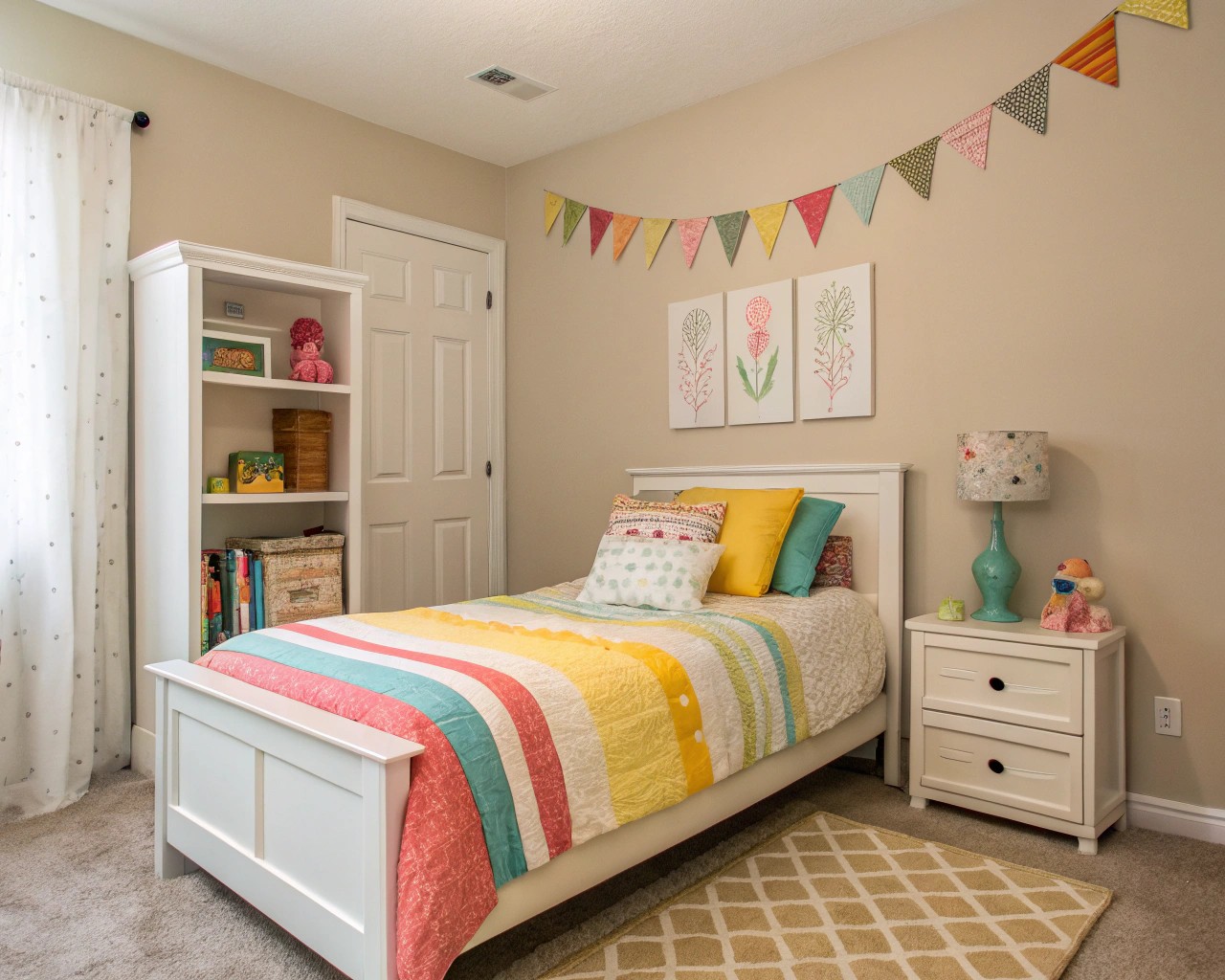
Strategy: Design spaces that evolve with the child’s development.
Color Approach:
- Neutral walls with personality added through bedding and artwork
- Accent walls in subtle colors rather than overwhelming patterns
- Textural elements like grasscloth or subtle wallpaper for visual interest
Playrooms
Strategy: Balance stimulation with organization.
Design Elements:
- Neutral base colors allow toys and activities to provide visual interest
- Natural materials like wood and woven textures add warmth
- Adequate lighting supports various activities throughout the day
Kitchens and Dining Areas
Strategy: Create inclusive spaces where children can participate safely.
Practical Additions:
- Lower work surfaces or pull-out step stools for participation
- Banquette seating that’s easy to clean and accommodates varying heights
- Durable countertop materials like quartz that resist staining
Safety Integration Without Visual Compromise
Invisible Safety Measures
Modern safety solutions are increasingly sophisticated and nearly invisible:
Electrical Safety:
- Tamper-resistant outlets are now standard and don’t affect room aesthetics
- Cord management systems built into furniture design
Fall Prevention:
- Stair runners in natural fibers provide traction while adding visual warmth
- Corner guards in clear materials or matching furniture finishes
Chemical-Free Approaches
For families concerned about chemical treatments, natural alternatives provide peace of mind:
- Wool rugs naturally resist stains and provide cushioning
- Leather furniture ages beautifully and requires no chemical protection
- Natural stone surfaces like sealed travertine offer durability without treatments
Creating Flexibility for Growing Children
Adaptable Design Elements
The most successful children’s spaces anticipate change:
Modular Approaches:
- Gallery walls with simple frames allow for evolving artwork displays
- Neutral window treatments work with changing color preferences
- Quality furniture pieces that transition from nursery to teen years
Investment Pieces:
- Solid wood furniture that can be refinished or repurposed
- Classic lighting fixtures that complement various decorating phases
- Built-in elements that provide long-term functionality
Budgeting for Evolution
Plan for changes by allocating resources strategically:
| Permanent Elements (60% of budget) | Transitional Elements (30% of budget) | Seasonal Updates (10% of budget) |
|---|---|---|
| Flooring, built-ins, major furniture | Rugs, curtains, artwork | Bedding, accessories, small decor |
Practical Implementation Strategies
Phase 1: Foundation (Months 1-2)
- Complete any necessary safety modifications
- Install flooring and complete wall treatments
- Place major furniture pieces
Phase 2: Layering (Months 2-3)
- Add textiles and window treatments
- Install lighting and electrical elements
- Organize storage systems
Phase 3: Personalization (Ongoing)
- Incorporate child-specific elements
- Add seasonal touches
- Adjust as needs evolve


